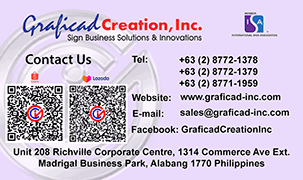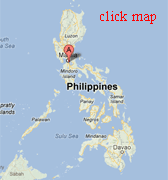It depends. If you are doing museum-quality fine art, just a few prints a day, or ganged-up jobs that will be cut into smaller, handheld prints, resolution will probably be more important than speed. If you're doing posters that will only hang for a day or two, a high volume of prints each day, or larger banners that will be viewed from a distance, speed may be a more important than resolution. Throughput speed can also be important if you find yourself having to reprint jobs that were botched in finishing department or if color isn't managed properly.
Most printers today offer a choice of print modes in which you can sacrifice higher resolution for faster speed. Creating higher-resolution images (e.g., 1440 x 1440 dpi) can be a painstakingly slow process because the printhead must traverse back and forth across the same swath of media several times, with the media advancing at ultra-itsy-bitsy steps. On all printers, various print modes may involve one-pass, two-pass, or four-pass operation, with different nozzles firing during each pass to prevent the appearance
of streaks due to misfiring jets.
When printer manufacturers claim their printers can print 600-dpi images and have speeds of up to 90 sq ft/hr, be aware that the up to speed is typically for a lower resolution image. If you expect to always print in the best-quality mode, be sure to ask what the throughput speeds is in that print mode. Also note that RIP software can boost throughput speeds and offer additional print modes. Conversely, choosing a printer on throughput speeds alone is relatively futile if your RIP and workstation take hours to process jobs for output.



